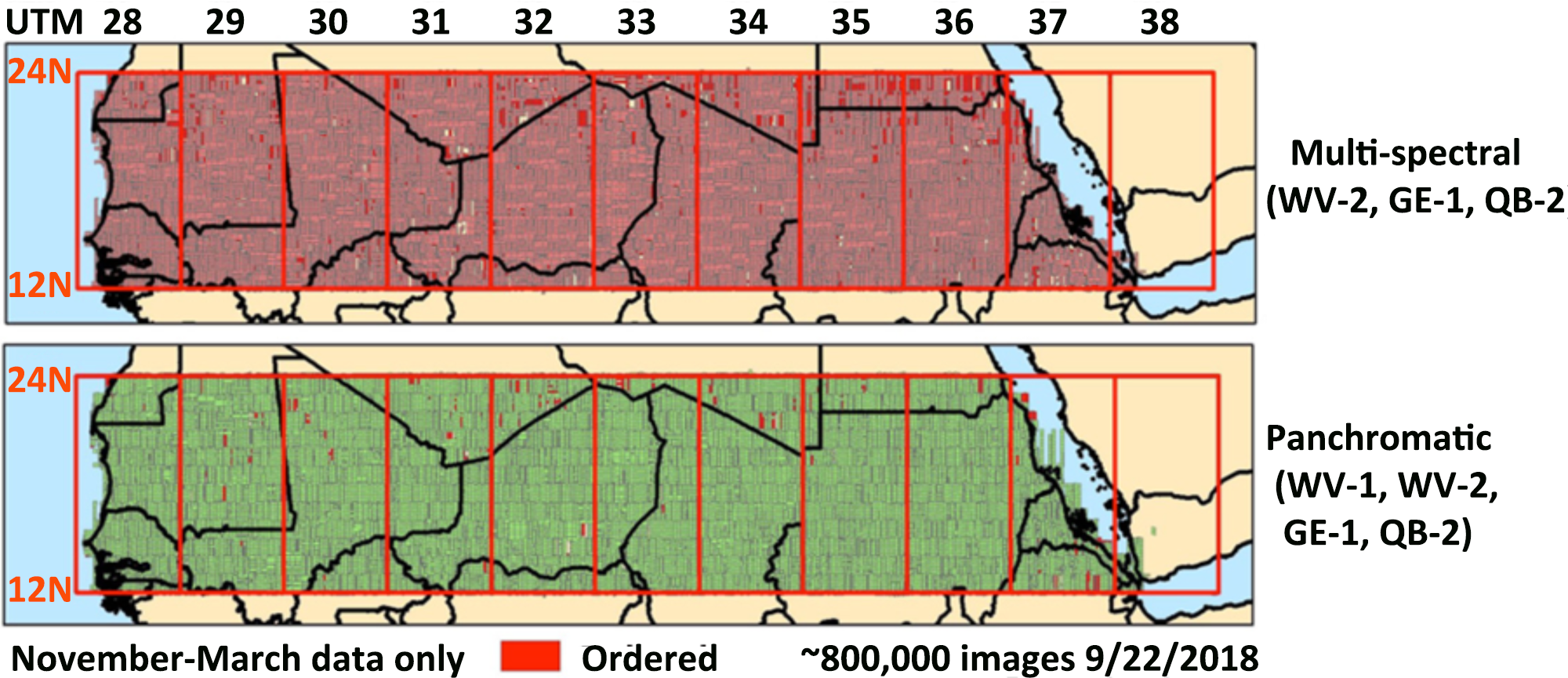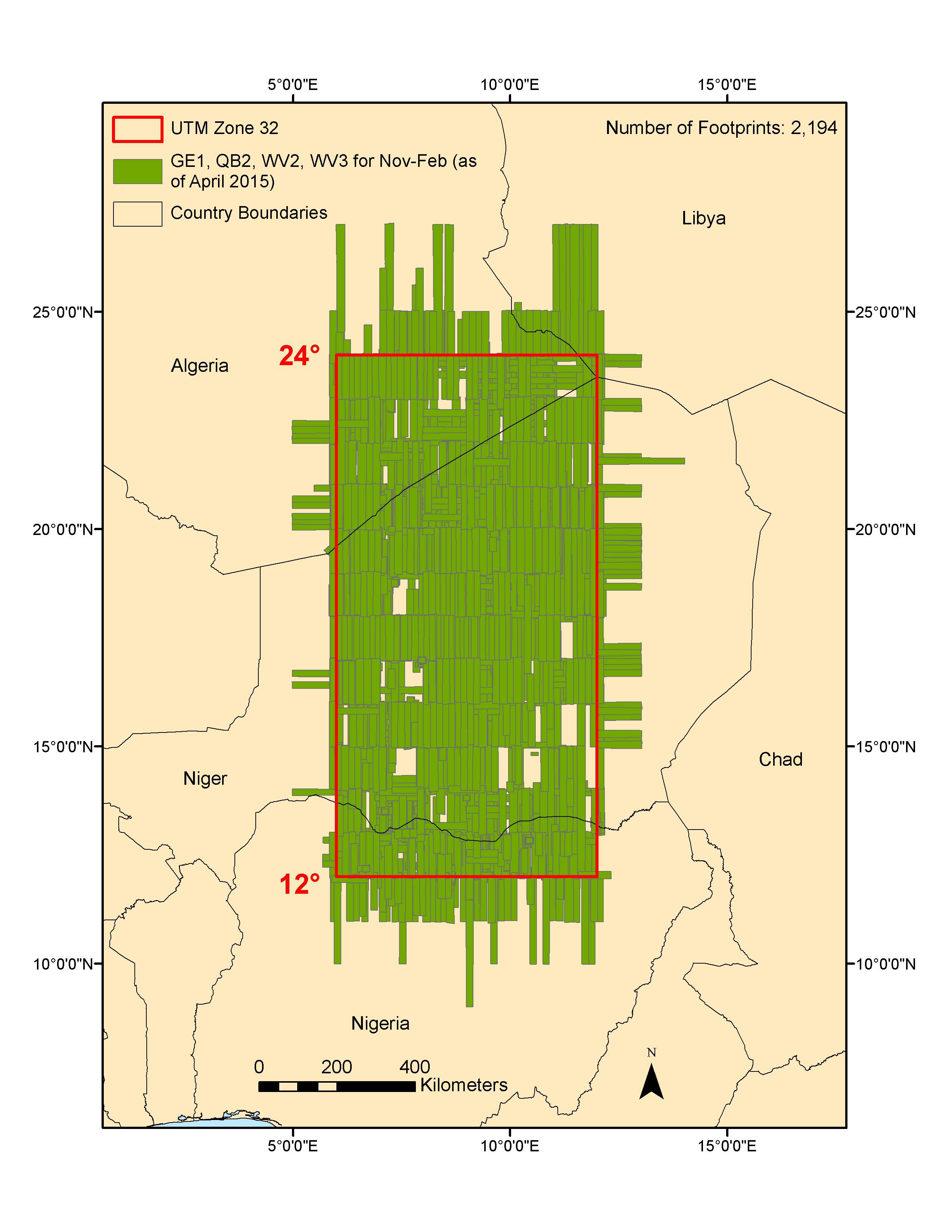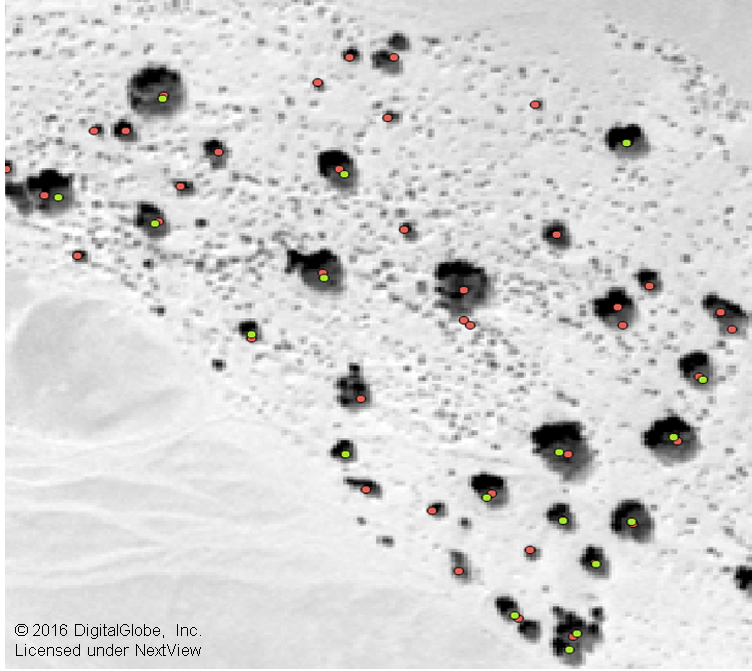Achieving Expansive Biomass Estimates with Cloud Bursting
Supplement—Science Background
NASA scientists set out to quantify the semi-arid woody vegetation carbon stocks spanning the Sub-Saharan region of Africa. This effort would create the first-ever biomass estimate showing the amount of carbon stored in the vegetation there, a heretofore impossible task.
Project Purpose:
Radiative forcing from atmospheric greenhouse gases is the dominant driver of Earth's temperatures. Since 1900, the atmospheric carbon dioxide concentration has risen from 300 parts per million (ppm) to greater than 406 ppm at the present time and is growing at the rate of ~2 ppm/year. Atmospheric carbon dioxide concentrations would be even higher if it were not for large carbon uptakes by both land terrestrial vegetation and the oceans, which remove about half of carbon dioxide emissions (see Figure 1). The land and ocean thus can act as “carbon sinks,” which are natural or artificial reservoirs that absorb and store the atmosphere's carbon.

Figure 1. Global carbon growth rates in petagrams of carbon per year (Pg C/year) for the atmosphere, oceans, and land from 1958 to 2013. Only half of total carbon dioxide emissions accumulate in the atmosphere, while the balance is more or less equally absorbed by the oceans or stored on land in vegetation. This figure shows the dynamic nature of the land carbon sink with respect to time in contrast to the ocean carbon sink. Image from Le Quere et al., 2014.
Increasing carbon dioxide concentrations and surface temperature have direct carbon cycle feedback effects on land vegetation and oceanic uptakes of carbon dioxide. Whether land vegetation and the oceans will continue to absorb half of carbon dioxide emissions in the future is unknown.
While the ocean uptake of carbon dioxide is proportional to the partial pressure of carbon dioxide in the atmosphere, there is tremendous uncertainty to where on the planet this carbon sink is located, what drives or controls the land carbon sink, and how stable is this sink to perturbations. Researchers have suggested the land carbon sink to be woody vegetation in the Earth’s arid and semi-arid zones, primarily because these areas show a highly variable carbon flux with time (see Figure 2).

Figure 2. The global land carbon growth rates in Pg C/year in (A) from the LPJ-GUESS simulation model and the disaggregate of these data into (B) the tropical forest fraction and (C) the semi-arid fraction. While the tropical forest fraction has low variability among years, the semi-arid fraction annual variability is very similar to the total global land simulation in (A). This suggests the semi-arid carbon sink is important. Image from Le Quere et al., 2014.
Project Approach & Next Steps:
The NASA-University of Minnesota project to compile a biomass estimate of the carbon stored in Sub-Saharan vegetation required organizing a large volume of satellite data (see Figure 3). As of late 2017, the project had processed more than 750,000 high-resolution images.

Figure 3. Commercial satellite data acquired from the National Geospatial Intelligence Agency for NASA research purposes. The spatial resolution was resampled to 50 centimeters (cm) for the panchromatic (i.e., black and white) bands and for the pan-sharpened multispectral bands.
The next step in the data processing chain is to form panchromatic (i.e., black and white) and multispectral mosaics for each of the region’s 11 Universal Transverse Mercator (UTM) Zones (see Figure 4). This step eliminates multiple counting of trees and shrubs when data are processed.


Figure 4. Left: The mosaic data coverage for UTM Zone 32 from 12o North to 24o North, largely for the country of Niger in Africa. Right: A 50-cm spatial resolution panchromatic image that has been processed to determine trees and bushes in this semi-arid area.
To learn more about this research, see the following:
- Achieving Expansive Biomass Estimates with Cloud Bursting Case Study
- Counting Trees and Shrubs in the Sub-Sahara Using Cloud Computing—Part 1
- Le Quere et al., 2014: Global Carbon Budget 2014. Earth System Science Data Discussions, 6: 1–90.


